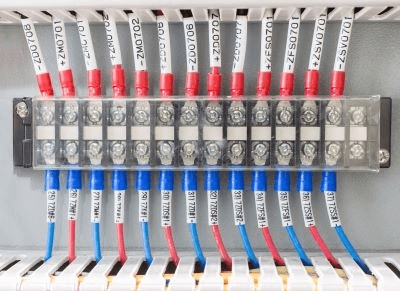What Is a Terminal Board?

A terminal board is a device used to connect electrical wiring, commonly found in electrical equipment and control systems. They help to efficiently and safely connect multiple wires and cables, reducing wiring clutter and simplifying maintenance. Terminal boards also play a vital role in ensuring the reliable transmission of signals and power, thereby preventing wiring mishaps and ensuring stable electrical circuits.
Applications of Terminal Boards
Terminal boards are used in various industrial and infrastructural settings, including:
- Fixed telephone line systems, where they help distribute telephone lines from a central switchboard to various locations.
- Control wiring for industrial equipment, connecting multiple sensors, and reducing wiring labor.
Principle of Terminal Board
A terminal board consists of an enclosure and a terminal block:
1. Enclosure
The enclosure, often made of aluminum or steel, protects internal wiring from external elements. It may vary between indoor and outdoor applications, with outdoor versions typically including a drainage roof.
2. Terminal Block
The terminal block connects wires, featuring secure attachments like screws or clamps. Each terminal is usually marked for easy identification and control of connections.
Types of Terminal Boards
Terminal boards are classified based on their specific applications:
1. Low Power Terminal Board
These are used in the telecommunications industry for managing communication cables, including telephone systems.
2. Industrial Terminal Board
Industrial terminal boards, found in industrial facilities, connect and control systems, sensors, actuators, and other devices for signal and power transmission.
3. Grounding Terminal Board
Grounding terminal boards, crucial for electrical safety, are connected to grounding rods or wires to discharge abnormal electrical currents.